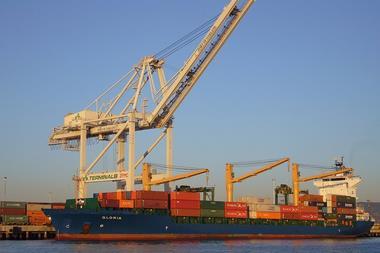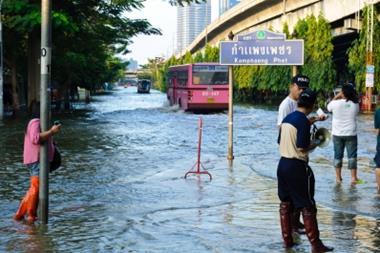‘By cutting costs, businesses may feel forced to cut corners,’ says RSA marine risk manager Nick Andrews
The cost of running vessels, aircrafts and trucks that comply with environmental and regulatory requirements is becoming more expensive. In addition, there is also a lot of pressure from financial directors to cut the cost of transporting goods.
The challenge is to meet the demand of providing the same level of quality services on a smaller budget in an economic environment that sees inflation push costs up. Fuel and oil prices, for example, have seen year-on-year increases.
However, the major concern is that by cutting costs, businesses may feel forced to cut corners, and there is only a certain amount of corner cutting they can do before they are exposed to a greater level of risk – and even greater financial losses.
There are ongoing instances where businesses misdeclare hazardous goods to enjoy the more favourable general cargo rate as opposed to the more costly hazardous cargo freight rate.
The consequences can be catastrophic. Cargo loaded incorrectly on vessels can result in the co-mingling of goods that should never be stored together. This can lead to fires breaking out, with the concurrent problem of lack of access, reducing the chance of fighting any blaze, not to mention the potential loss of vessel, and life.
Additionally, ship owners face several operational and compliance risks. One of the big issues is complying with environmental legislation globally, particularly where pollution is concerned. Businesses need to consider what type of fuels they can burn and in which ports of the world.
This can often lead to the vessel having to change fuels in transit. There are several risks associated with this process, which is why it is paramount that businesses ensure that they have the right vessels that are capable of handling the changeover.
This of course, comes at a huge cost – another financial burden on businesses.
Nat cats are also a key risk for the marine and shipping industry. The Thai floods two years ago was a good example of the cost of supply chain failures arising from a natural disaster.
While risk managers may assess their local supply chain, the Thai floods indicated that many might not be reviewing their entire chain. Contingency plans need to be in place that consider where components can be sourced in an event of a nat cat and these plans need to be reviewed and tested frequently.
Nick Andrews, marine risk manager, RSA




















No comments yet